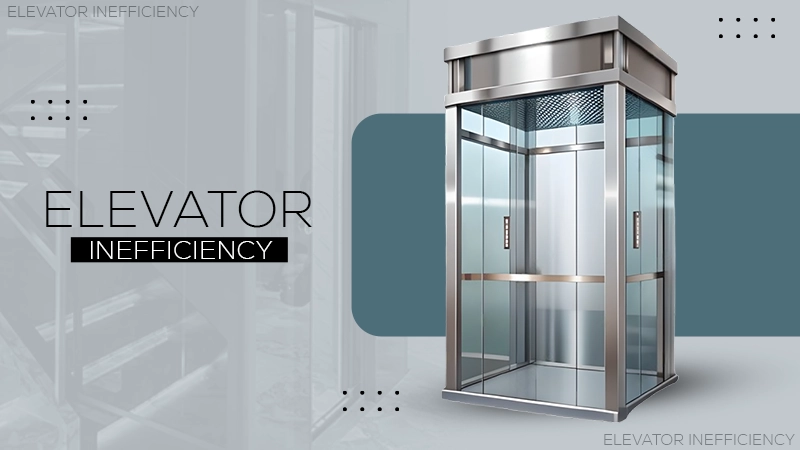How To Use Parental Controls And Bandwidth Limits For Remote Learning Environments
Jump To Key Section
- The Importance Of Managing Online Distractions
- Limiting Bandwidth Usage For Non-Essential Activities
- Using Router-Based Parental Controls And Quality Of Service
- Establishing Healthy Online Habits
- Choosing The Right Internet Plan For Remote Learning
- Monitoring Usage And Adjusting Settings Regularly
- Balancing Education And Recreation Online
- Conclusion
- FAQ’s
KEY TAKEAWAYS
- Parental controls help block distractions.
- Bandwidth limits prioritize school tasks over entertainment on shared home networks.
- Through your router settings, you can manage access and screen time.
- Healthy routines teach kids responsible internet use.
- Regularly reviewing usage keeps learning smooth.
The parental control market has grown significantly in the past few years and is expected to hit $1.57 billion in 2025. But why is it getting so popular? This is because of the advantages that it provides.
Parental controls can assist families in creating a safety net and a tighter online environment, blocking bad content, limiting screen time, and monitoring utilization for healthy development of principles and limits, especially while in school mode.
In this article, I’ll mention how to use parental controls and bandwidth limits for remote learning environments. It’s going to be quite helpful. Let’s get started.
The Importance Of Managing Online Distractions
Distractions can quickly arise in remote learning environments. When students try to log on to school systems, they often find that other pluses like streaming, games, and social media have already used up a lot of the available bandwidth.
Filters on parental controls avoid non-educational websites, manage time on screens, and give a parent an idea of the child’s behavior online to support their learning. Using parental controls helps parents create an online space where children can focus on schoolwork.
This way, parents can decide which internet properties and services are accessible to their children at certain times, so school work isn’t diverted, and devoted breaks are provided.
Limiting Bandwidth Usage For Non-Essential Activities
Since many homes lack sufficient bandwidth, problems typically arise when multiple users share the same connection. When you watch HD videos, download big files, or play online games on the same network, you can quickly use up all your bandwidth.
This can reduce video call quality and cause disruptions during virtual classroom sessions. Controlling bandwidth helps your internet stay consistent, and it allows educational activities to receive top priority.
Current routers usually let you set which applications or devices should receive the highest or lowest amount of bandwidth. This helps prioritize essential tools and platforms over less important online activities.
Using Router-Based Parental Controls And Quality Of Service
A lot of internet providers give their routers parental control and QoS capabilities. They let you control what is shown, how much time kids spend, and who gets more internet access. With QoS, parents can give school devices like laptops or tablets higher priority, enhancing lesson quality and task performance.
If these tools are set up the right way, the network handles both school work and games smoothly. Using parental controls helps safeguard these children against technological dangers and makes parents more cautious in their actions while using the internet.
Establishing Healthy Online Habits
They are meant for more than just limiting access; they help educate your children in how to use the internet responsibly. By limiting time on entertainment sites and promoting short breaks, parents help children develop positive online habits.
Well, have discussions about proper online, bandwidth, and work habits with your children to build their knowledge of digital responsibility. It views challenges as opportunities for kids to learn safe and responsible online behavior.
Choosing The Right Internet Plan For Remote Learning
Families with children studying remotely should carefully choose an internet plan.
Internet providers can have different speeds, so a house with high daily data use may be limited by plans with low data caps.
Ensuring families can meet online, use cloud services, and share files in real-time calls for families to check and compare the internet options available from different service companies.
Some internet service providers offer family packages that include parental filters, enhanced security, and increased bandwidth. Taking on a faster data plan might help families with numerous students or telecommuters save money.
Having fast internet at home supports learning from afar and helps eliminate much of the technical tasks involved. Below, you can see how to choose the best internet plan.

Monitoring Usage And Adjusting Settings Regularly
Kids’ needs change over the years, especially as they move up in school and do things more on their own. Regularly monitoring bandwidth usage and reviewing parental controls ensures everything functions properly.
Following these insights will make the network stronger and secure an environment for consistent learning. You can configure the network to prioritize streaming for one child without altering settings for the rest of the family.
Balancing Education And Recreation Online
Although bandwidth limits and parental controls primarily support education, it’s important to allow kids time for fun and rest. There are many helpful and enjoyable creative, social, and entertainment options found online, but they should be enjoyed moderately.
Setting limits on streaming and gaming helps children complete homework and then relax afterward. To manage ISP balance well, you need to stay in touch, set clear rules, and continue to monitor things by using tools from ISPs and new home internet devices.
FUN FACT
The online learning market has grown by over 900% since its inception in 2000.(SOURCE: Devlin Peck)
Conclusion
Managing the internet at home matters more now to families involved in remote learning. Using parental controls and bandwidth monitoring guarantees that internet learning is safe, focused, and effective. Learning how to use the Internet tools your router and internet provider offer can help parents make a positive digital world for their children and teach them good Internet habits.
FAQ’s
Ans: Several things can be done, like changing the password, installing parental control apps, using DNS filtering, pausing Wi-Fi from time to time, etc.
Ans: Parental controls block harmful content, manage screen time, and guide kids toward safe, focused online learning experiences.
Ans: Regular monitoring ensures smooth learning, adjusts for changing needs, and keeps the online environment secure and effective.







